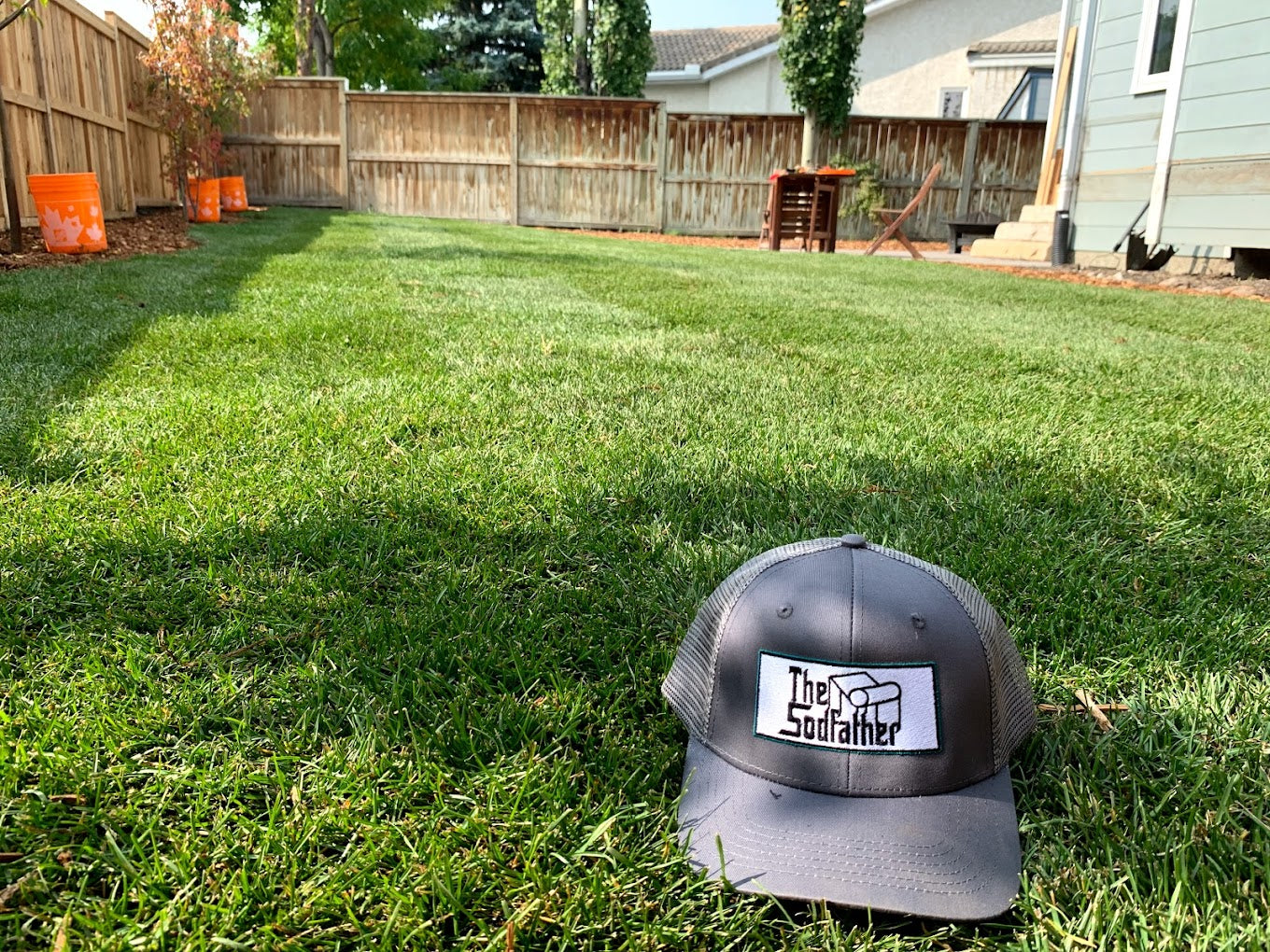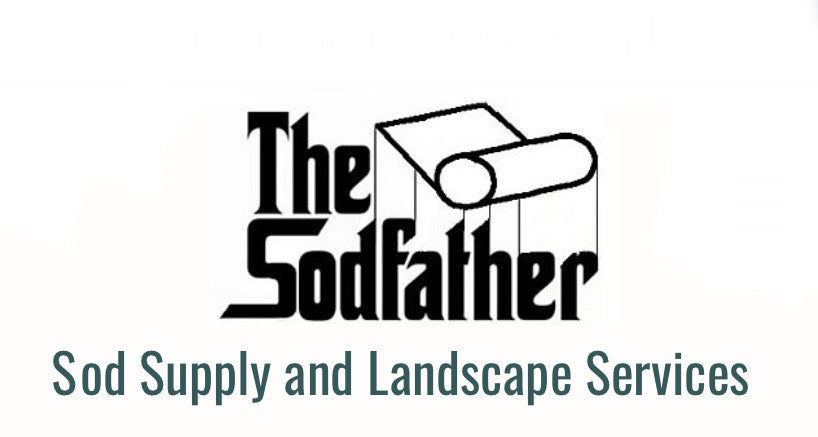
WaterWise BlueFescue - The Drought Tolerant, Adaptable Sod
As communities grapple with the increasing challenges of drought and watering restrictions, homeowners and landscapers alike are seeking sustainable solutions to maintain vibrant green lawns while conserving precious water resources. One such solution gaining popularity is the blend of bluegrass and fescue grasses, offering a compelling combination of aesthetics, resilience, and water efficiency.
The Power of Bluegrass and Fescue Blend
-
Drought Resistance: Bluegrass and fescue are known for their ability to withstand drought conditions better than many other grass varieties. Their deep root systems enable them to access moisture deep within the soil, reducing the need for frequent watering.
-
Water Efficiency: By blending bluegrass and fescue, homeowners can create a lawn that requires less water to thrive. Both grass types have low to moderate water requirements, making them ideal for regions facing water shortages and restrictions.
-
Aesthetic Appeal: Despite their water-saving properties, bluegrass and fescue offer lush, green lawns that enhance the visual appeal of any landscape. The combination of fine-textured bluegrass and coarse-textured fescue creates a beautiful and natural-looking lawn that remains vibrant even during dry spells.
-
Versatility: Bluegrass and fescue blends are adaptable to various soil types and light conditions, making them suitable for a wide range of climates and environments. Whether in full sun or partial shade, these grasses can thrive with minimal water input.
Conservation Benefits
-
Reduced Water Usage: By choosing a bluegrass and fescue blend, homeowners can significantly reduce their water consumption, contributing to broader conservation efforts and helping alleviate strain on local water supplies.
-
Environmental Preservation: With less reliance on irrigation, there is a decreased risk of water runoff carrying pollutants into waterways, promoting healthier ecosystems and preserving natural habitats.
-
Cost Savings: Lower water bills and reduced maintenance requirements translate to cost savings for homeowners and communities. Additionally, less reliance on fertilizers and pesticides further minimizes environmental impact and expenditure.
Practical Tips for Success
-
Proper Soil Preparation: Ensure adequate soil preparation before planting to promote healthy root growth and optimize water absorption.
-
Appropriate Mowing and Maintenance: Follow recommended mowing heights and maintenance practices to encourage deep root development and enhance drought resistance.
-
Watering Strategy: While bluegrass and fescue are drought-tolerant, they still require occasional watering during extended dry periods. Implement efficient watering techniques such as deep, infrequent watering to encourage deep root growth and resilience.
-
Monitor and Adjust: Regularly monitor soil moisture levels and adjust watering schedules accordingly, avoiding overwatering or underwatering.
Conclusion
In the face of increasing water scarcity and environmental challenges, embracing water-wise landscaping practices is essential for sustainable living. The blend of bluegrass and fescue offers a compelling solution, combining aesthetic appeal with drought resistance and water efficiency. By choosing this resilient grass blend, homeowners can enjoy lush, green lawns while conserving water and promoting environmental stewardship. It's time to harness the power of bluegrass and fescue for a greener, more sustainable future.
